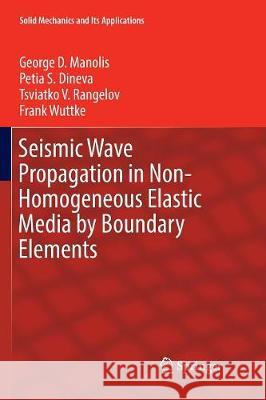Seismic Wave Propagation in Non-Homogeneous Elastic Media by Boundary Elements » książka
topmenu
Seismic Wave Propagation in Non-Homogeneous Elastic Media by Boundary Elements
ISBN-13: 9783319832388 / Angielski / Miękka / 2018 / 294 str.
Kategorie:
Kategorie BISAC:
Wydawca:
Springer
Seria wydawnicza:
Język:
Angielski
ISBN-13:
9783319832388
Rok wydania:
2018
Wydanie:
Softcover Repri
Ilość stron:
294
Waga:
0.44 kg
Wymiary:
23.39 x 15.6 x 1.65
Oprawa:
Miękka
Wolumenów:
01
Dodatkowe informacje:
Wydanie ilustrowane











